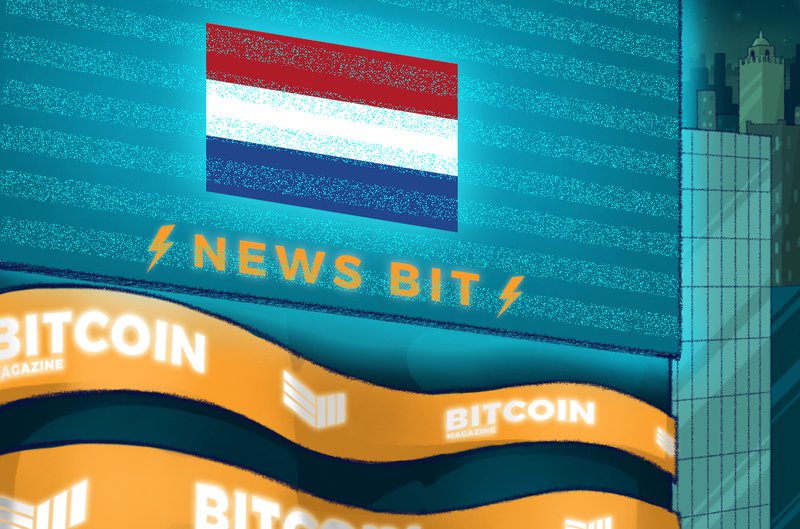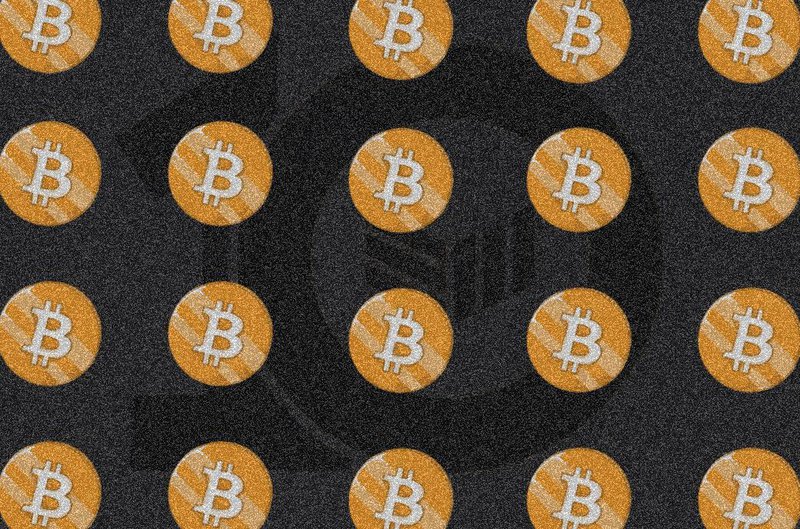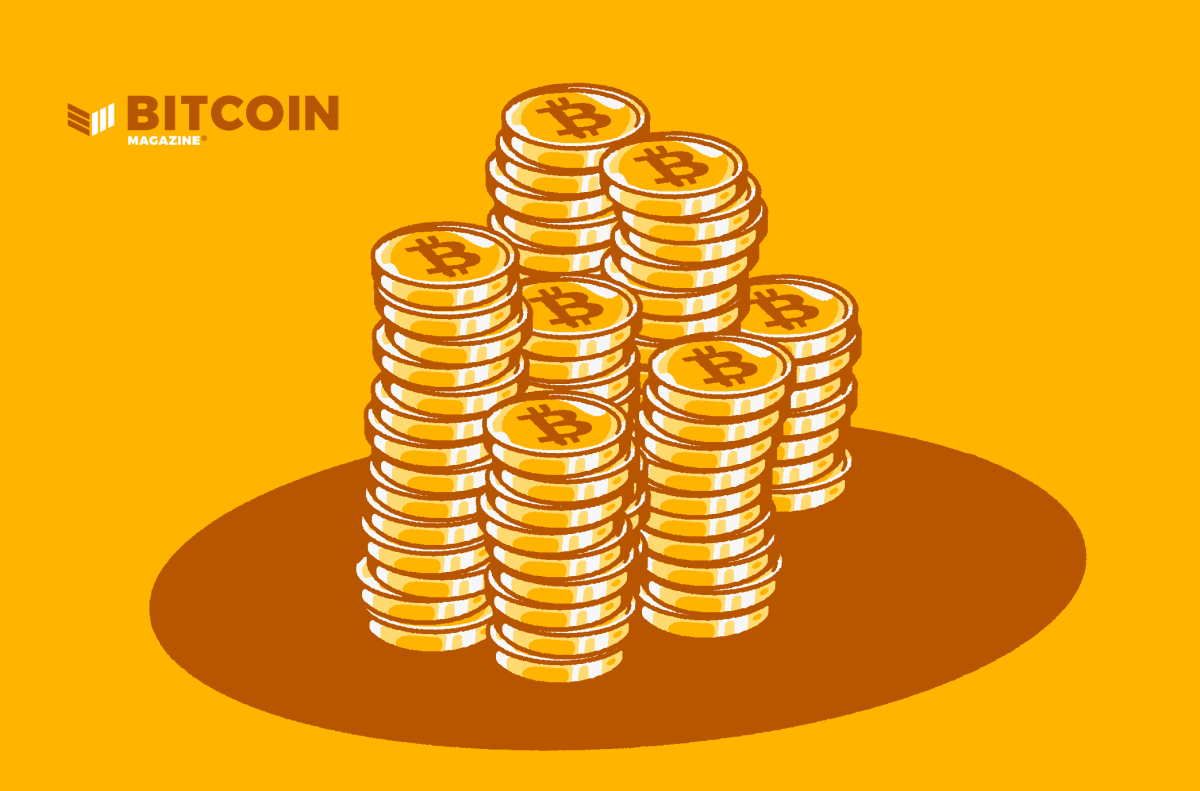How Bitcoin Mining Strengthens Electricity Grids
Bitcoin enables mining utilities to engage in agreements that are mutually beneficial to miners and the electricity grid.
The House Hearing on Crypto’s Energy Use & Impact, held on January 20, 2022, was ultimately championed by a stellar defense of Bitcoin’s energy use by Brian Brooks, with an especially enlightening testimony from one John Belizaire, founder of Soluna Computing. Belizaire and Brooks both laid out real-world examples of how Bitcoin mining is being used today to provide not only flexible income for utility providers and energy generators, but also providing stability for said networks. This is accomplished by mining operators engaging in agreements with these energy providers to turn off mining operations during times of high demand. I covered these points back in April of 2021 with my debut at Bitcoin Magazine here.
The relationship between energy utilities and miners doesn’t stop there. Mining operations also wind up providing a level of strength and resilience to the electricity grids by providing a manner for them to operate at near-max capacity with an opportunity for monetization during the moments of non-peak demand. This “new” revenue stream can allow providers to: accumulate capital (strengthening balance sheets), dedicate funds towards upgrades and improvements of services/equipment, expansion of services or perhaps to increase compensation/benefits for their employees. Ultimately, it does not matter how this new-found revenue is allocated or spent; the important point is that mining helps strengthen electricity grids.
My hat is tipped to these two gentlemen, well done!
More fuel for Belizaire’s testimony comes from Nic Carter’s podcast “On The Brink,” released mere hours prior to the Jan. 20 hearing. Carter sat down with Daniel Roberts, cofounder and co-CEO of Iris Energy, to discuss bitcoin mining and mining sustainability. Roberts goes on to discuss how Iris’ approach to bitcoin mining is to seek out opportunities where it can provide a social good — by solving problems for a community in areas of operation (AOs for short) like those at Great American Mining, which targets gas-flaring operations. Roberts mentions a particular AO in British Columbia, Canada around a community that had been left with a sizable gap in energy demand vs production. This gap was caused by a pulp and paper factory that ceased operations — a common result of technological advancement. When that factory was rendered no more, that former demand on energy vanished, resulting in greater supply than the demand provided by the community alone. To cover the delta, the result was increases in energy costs.
By Iris entering that community, bitcoin mining closed that energy demand gap and (in my opinion more importantly) brought a flexible source of demand. A big part of many miners’ business operations and operating agreements include considerations to pivot energy distribution according to grid demand. Meaning: if there are scenarios where greater energy is required for the grid (such as outlier weather conditions or emergency scenarios) then the miners give the utility providers the capability to redirect energy as required for the sustainability and resilience of the community.
Hats-off to our bitcoin miners.
My favorite part: these mining operations incentivize more energy generation, which is an absolute necessity if we are to continue on our path to improving our Kardashev rating.
This is a guest post by Mike Hobart. Opinions expressed are entirely their own and do not necessarily reflect those of BTC, Inc. or Bitcoin Magazine.









